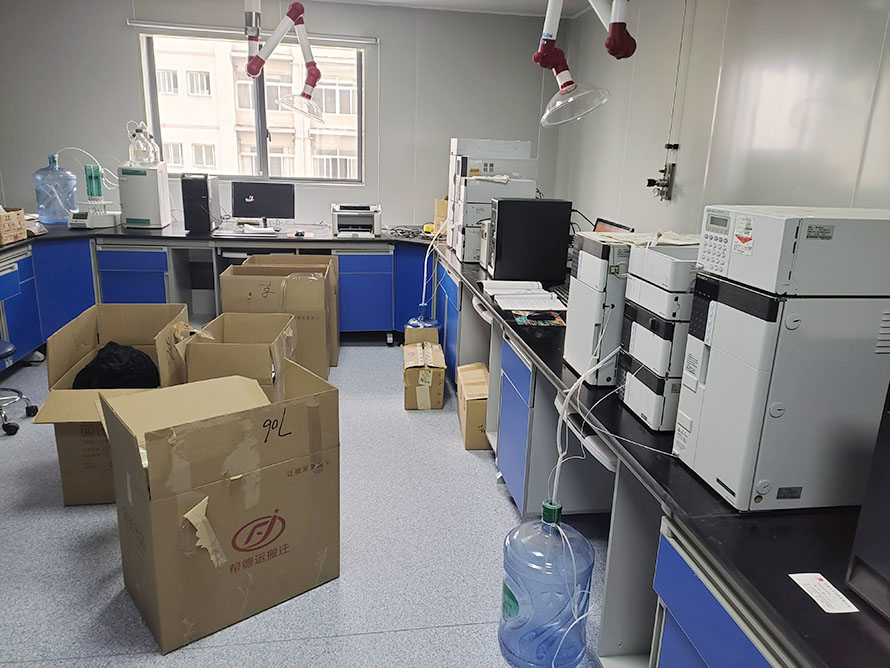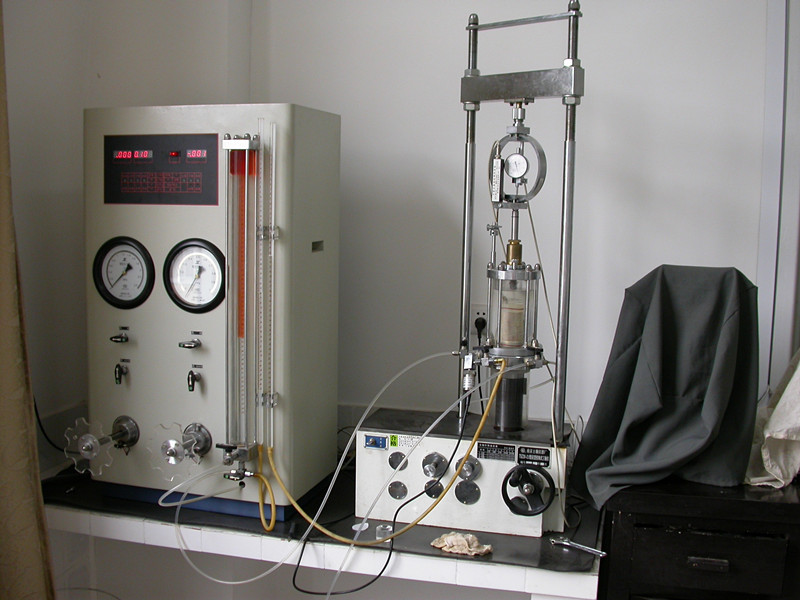Principles and Applications of Sensors in Atmospheric Pollutant Monitoring of Environmental Monitoring Instruments in Instrument Manufacturing
Manufacturing
Environmental monitoring is an important link to ensure human health and quality of life, among which atmospheric pollutant monitoring is of great importance. With the advancement of industrialization, the amount of atmospheric pollutant emissions is increasing, posing a serious threat to human health and ecological environment. Therefore, the monitoring and control of atmospheric pollutants have become an important part of environmental protection. This article will discuss the principles of atmospheric pollutant monitoring and the application of sensors in environmental monitoring instruments.
Atmospheric pollutant monitoring mainly includes particulate matter, gaseous pollutants, ozone, sulfur dioxide, nitrogen oxides, and so on. The principle of monitoring these pollutants is to convert the measured gas into electrical signals through various sensors, and then process the electrical signals through analytical instruments to obtain the concentration of the measured gas.
In atmospheric pollutant monitoring, particulate matter monitoring is a key link. Particulate matter monitoring is mainly achieved through the principle of laser scattering, using laser to particles, when particles are in the laser beam, the laser beam will scatter, and the size and quantity of particles are calculated according to the change in the intensity of scattered light. In addition, there are also particulate matter monitoring methods using charge-coupled devices (CCD) for optical imaging, measuring the concentration and particle size distribution of particles through the absorption and scattering characteristics of particles to light.
For the monitoring of gaseous pollutants, it is mainly converted into electrical signals through chemical or physical methods. For example, using chemical sensors such as electrochemical sensors and photochemical sensors, gaseous pollutants are converted into electrical signals through chemical reactions. In addition, using physical sensors such as infrared sensors and ultraviolet light sensors, gaseous pollutants are converted into electrical signals through changes in physical properties.
chemical reactions. In addition, using physical sensors such as infrared sensors and ultraviolet light sensors, gaseous pollutants are converted into electrical signals through changes in physical properties.
The application of sensors in atmospheric pollutant monitoring not only improves the accuracy and efficiency of monitoring but also makes the monitoring system more intelligent and integrated. For example, through wireless communication technology, the data collected by sensors can be transmitted in real time to the monitoring center, realizing remote monitoring. At the same time, through data analysis and processing, the sources, diffusion paths, and impact ranges of pollutants can be analyzed, providing scientific basis for environmental protection decision-making.
In general, atmospheric pollutant monitoring is an important part of environmental monitoring, and the application of sensors plays a key role in atmospheric pollutant monitoring. With the development of technology, atmospheric pollutant monitoring technology will become more advanced and intelligent, providing a stronger guarantee for environmental protection.
